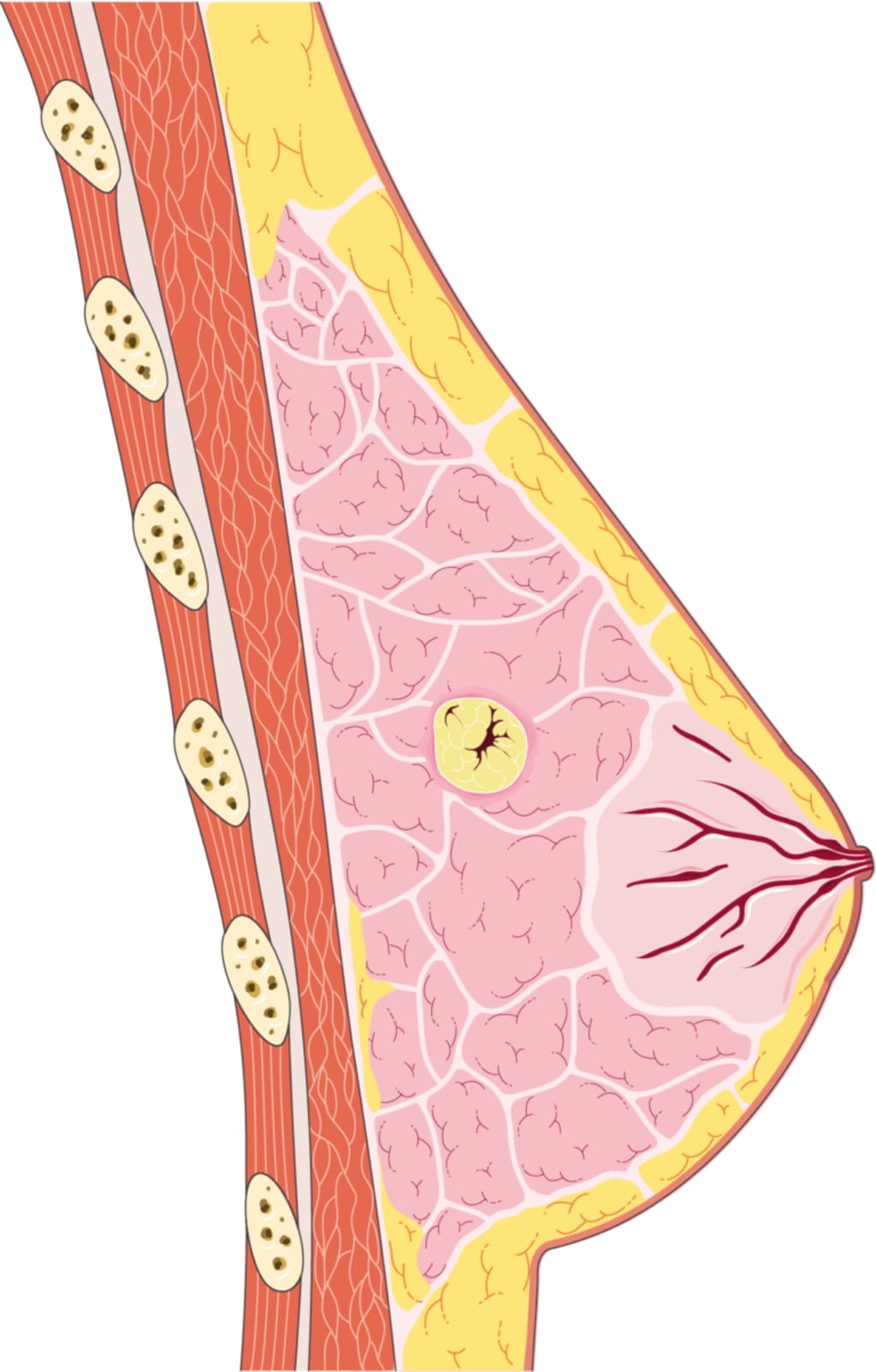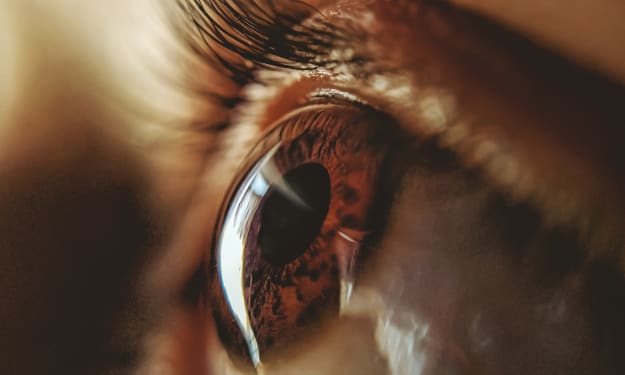
Breast cancer is a type of cancer that develops in the breast tissue. It is a disease in which cells in the breast grow out of control and can spread to other parts of the body.
Breast cancer is the most common cancer among women worldwide, and it can also affect men, although it is much less common in men.
Breast cancer can occur at any age, but the risk increases with age. It is important to be familiar with the signs and symptoms of breast cancer and to undergo regular breast cancer screening as recommended by a healthcare provider.
Early detection and treatment can significantly improve the chances of successful treatment.
The risk of breast cancer
There are several factors that can increase the risk of breast cancer, including:
- Age: The risk of breast cancer increases as a person gets older.
- Gender: Women are more likely to develop breast cancer than men.
- Family history: Having a family history of breast cancer, especially in a first-degree relative (parent, sibling, or child), can increase the risk of breast cancer.
- Reproductive history: Women who have their first menstrual period before the age of 12 or who have a late menopause (after the age of 55) have a slightly increased risk of breast cancer. Women who have never given birth or who had their first child after the age of 30 are also at a slightly increased risk.
- Obesity: Being overweight or obese can increase the risk of breast cancer.
- Alcohol consumption: Regular, heavy alcohol consumption can increase the risk of breast cancer.
- Hormone replacement therapy (HRT): Women who take HRT for menopause symptoms may have an increased risk of breast cancer.
It's important to note that having one or more of these risk factors does not necessarily mean that a person will develop breast cancer. Many people with one or more risk factors never develop the disease, while others with no known risk factors may develop breast cancer.
Symptoms of breast cancer
Symptoms of breast cancer may include:
- A lump or thickening in the breast or underarm area
- Changes in the size or shape of the breast
- Changes to the skin on the breast, such as redness or dimpling
- Discharge from the nipple
- Swelling in the breast or underarm area
It's important to note that not all breast lumps are cancerous, and many benign (non-cancerous) conditions can cause breast changes. It's important to see a healthcare provider if you notice any unusual changes in your breasts, as early detection and treatment can significantly improve the chances of successful treatment.
It's also important to note that many people with breast cancer do not experience any symptoms in the early stages of the disease.
This is why it's important to undergo regular breast cancer screening, as recommended by a healthcare provider. This can include mammograms, clinical breast exams, and breast self-exams.
Breast cancer is usually diagnosed
Breast cancer is usually diagnosed through a combination of physical examination, imaging tests, and biopsy.
Physical examination: A healthcare provider will examine the breasts and underarms for any abnormalities, such as lumps or changes in the size or shape of the breast.
Imaging tests: Imaging tests, such as mammograms or ultrasound, can be used to create pictures of the inside of the breasts and can help to identify abnormalities.
Biopsy: A biopsy is the removal of a small sample of tissue for examination under a microscope. A biopsy is usually the only way to definitively diagnose breast cancer.
There are several types of biopsy that can be used to diagnose breast cancer, including fine needle aspiration (FNA) biopsy, core needle biopsy, and surgical biopsy.
Once breast cancer has been diagnosed, further testing will be done to determine the type and stage of the cancer.
This can include imaging tests (such as CT scans or PET scans) and blood tests. The results of these tests will help to determine the best course of treatment.
Treatment for breast cancer
Treatment options for breast cancer may include:
Surgery: Surgery is a common treatment for breast cancer. The type of surgery will depend on the size and location of the tumor and the patient's overall health. Options may include a lumpectomy (removal of the cancerous tumor and a small margin of healthy tissue around it), a mastectomy (removal of the entire breast), or a double mastectomy (removal of both breasts).
Chemotherapy: Chemotherapy is a type of cancer treatment that uses drugs to kill cancer cells. It may be given before or after surgery, or in combination with other treatments such as radiation therapy.
Radiation therapy: Radiation therapy uses high-energy beams, such as X-rays, to kill cancer cells. It may be given after surgery to kill any remaining cancer cells or to reduce the risk of the cancer returning.
Hormone therapy: Hormone therapy is a treatment that blocks the action of hormones (such as estrogen) that can fuel the growth of breast cancer cells. It may be given after surgery to reduce the risk of the cancer returning.
Targeted therapy: Targeted therapy is a type of treatment that targets specific genes or proteins that help cancer cells grow and survive. It may be used in combination with other treatments, such as chemotherapy.
The specific treatment plan will depend on the type and stage of the cancer, as well as the patient's overall health and personal preferences. It is important to discuss all treatment options with a healthcare provider to determine the best course of action.





Comments
There are no comments for this story
Be the first to respond and start the conversation.